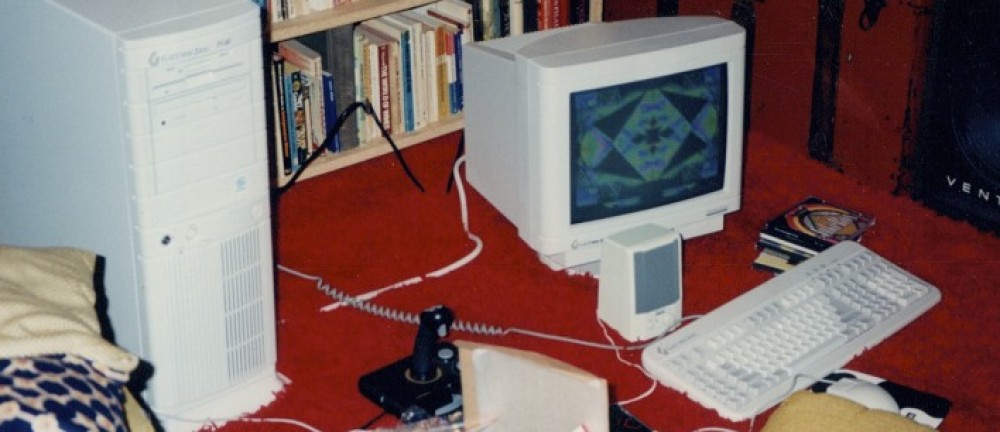Another year of NAB has come and gone. Making it out of Vegas with some remaining faith in humanity seems like a successful outcome. So, anything worth talking about at the show?
First off, there’s 3d. 3D is The Next Big Thing, and that was obvious to anyone who spent half a second on the show floor. Everything from camera rigs, to post production apps, to display technology was all 3d, all the time. I’m not a huge fan of 3d in most cases, but the industry is at least feigning interest.
Luckily, at a show as big as NAB, there’s plenty of other cool stuff to see. So, what struck my fancy?
First off, Avid and Adobe were showing new versions of Media Composer and Premiere. Both sounded pretty amazing on paper, but I must say I was somewhat underwhelmed by both in reality. Premiere felt a little rough around the edges – the Mercurial Engine wasn’t the sort of next generation tech that I expected. Media Composer 5 has some nice new tweaks, but it’s still rather Avid-y – which is good for Avid people, less interesting for the rest of us.
In other software news, Blackmagic Design was showing off some of what they’re doing with the DaVinci technology that they acquired. Software-only Da Vinci Resolve for $999 is a pretty amazing deal, and the demos were quite nice. That said, color correction is an art, so just making the technology cheaper isn’t necessarily going to dramatically change the number of folks who do it well – see Color.
Blackmagic also has a pile of new USB 3.0 hardware devices, including the absolutely gorgeous UltraStudio Pro. Makes me pine for USB 3.0 on the mac.
On the production side, we saw new cameras from just about everyone. To start at the high end, the Arri Alexa was absolutely stunning. Perhaps the nicest digital cinema footage I’ve seen. Not only that, but they’ve worked out a usable workflow, recording to ProRes plus RAW. At the price point they’re promising, the world is going to get a lot more difficult for RED.
Sony’s new XDCam EX gear is another good step forward for that format. Nothing groundbreaking, but another nice progression. I was kind of hoping we’d see 4:2:2 EX gear from them, but I suppose they need to justify the disc based formats for a while longer.
The Panasonic AG-AF100 is another interesting camera, bringing micro 4/3rds into video. The only strange thing is the recording side – AVCHD to SD cards. While I’m thrilled to see them using SD instead of P2, it sure would have been nice to have an AVCIntra option.
Finally, Canon’s 4:2:2 XF cams are a nice option for the ENG/EFP market. Nothing groundbreaking, aside from the extra color sampling, but it’s a nice step up from what they’ve been doing.
Speaking of Canon, it’s interesting to see the ways that the 5d and 7d have made their way into mainstream filmmaking. At one point, I thought they’d be relegated to the indie community – folks looking for nice DoF on a budget. Instead, they seem to have been adopted by a huge range of productions, from episodic TV to features. While they’re not right for everyone, the price and quality make them an easy choice in many cases.
One of the stars of the show for me was the GoPro, a small waterproof HD camera that ships with a variety of mounts, designed to be used in places where you couldn’t or wouldn’t use a more full featured camera. No LCD, just a record button and a wide angle lens. I bought two.
Those are the things that stand out for me. While there was plenty of interesting stuff to be seen, given the current economic conditions at the University, I wasn’t exactly in a shopping mindset. The show definitely felt more optimistic than it did last year, and companies are again pushing out new products. However, attendances was about 20% lower than 2008, and that was definitely noticeable on the show floor.
